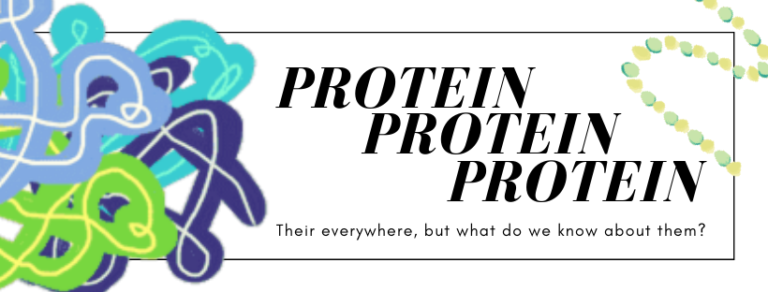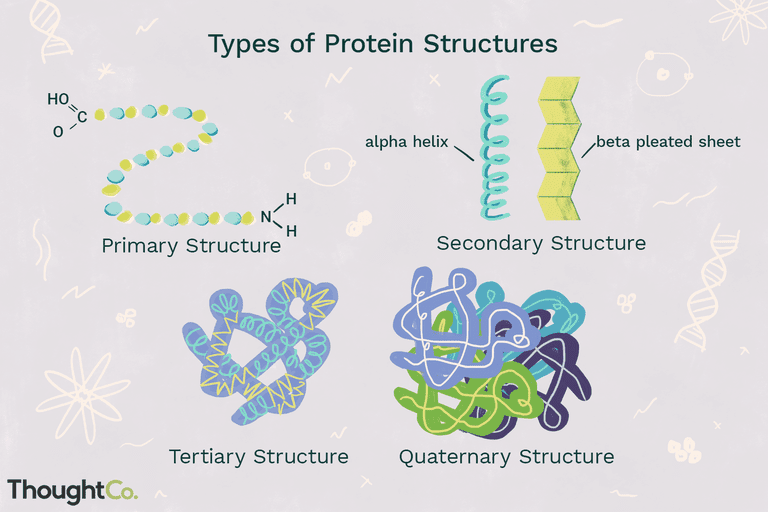
Protein, protein, protein everywhere!
In the last year, it is official, the inclusion of a seemingly new nutritional and agricultural buzzword: PROTEIN. As we are hearing more about proteins, and perhaps not all fully understanding the information we are receiving, Ag-West Bio, a non-profit company which supports the transparency of biotechnology and their associative businesses, dedicated their 2019 annual general meeting in June to discuss the progression of consumer protein trends. The broad overview of the presentations was that protein is protein, regardless of source; an Impossible or Beyond Meat burger is not a better or worse source of protein compared to a typical beef burger, at least from a nutritional standpoint. This is mainly due to differences in nutritional factors such as cholesterol and sodium. Similarly, the major protein-related debate seems to focus around the plant- versus meat-based protein sources, wherein the only difference between the two is how much of each needs to be consumed to reach the daily energy requirements, of which 17% is needed from a protein source. These acknowledgements inspired the remaining presentations, such that everyone in attendance walked away with the reaffirmation that ranking protein sources is, for the most part, subjective because said sources are simply different.
Proteins are proteins, but what are proteins?

Protein is one of four macromolecules that make up all living matter (carbohydrates, lipids, proteins, and nucleic acids). From a biochemistry perspective, protein is a sequence of amino acids, known as peptide chains, which operate as molecular transporters and support systems. The different combinations of these amino acids in chains are what distinguish each protein from the next. For instance, structural proteins such as keratin offer immune system protection (i.e. immunoglobulins), whereas other proteins, such as a messenger, has more complicated motives by acting as hormones or enzymes, which respectively coordinate processes within various tissues and accelerate cellular reactions.

Source: AVISALA, n.d.
There are 20 amino acids that, when used in combination with others, form each protein. It is the functional groups (or R groups) within the sequence, that is, the pieces of the amino acid that make it unique from the others, which determines the varying qualities of each. There are 9 essential amino acids are essential, required for normal immune and tissue function which the human body does not naturally produce. Therefore, these must be supplemented through the diet. This is specifically done through protein, both animal and plant-based, wherein the quantity necessary to meet requirements is the only difference in their perceived quality. For example, soybeans contain approximately 18 grams of protein per cooked cup whereas just over 6 grams are found in the average large egg (5 large eggs = 1 cup = ~30 grams of protein).
More protein to come
This was the idea that connected all 5 presenters at the Ag-West Bio AGM. Whether it’s conventional beef production or the growing interest in soybean products as a meat substitute, protein source is a matter of consumer preference. Regardless of the nutrition of protein overall, 2018 and 2019 have seen an increase in protein interest, leading to market innovations such as cricket farming and, perhaps in the future, commercially-available cultured meat. The upcoming series of blogs is motivated by the Ag-West Bio’s 2019 AGM and the respected experts of the protein industry: Dr. Bob Tyler (Protein Industries Canada), Deborah Wilson (TrustBIX), Kelly Hagen (Entomo Farms), Dr. Anderson-baron (Future Fields), and Dr. Gordon Zello (University of Saskatchewan).
In the case of amino acid synthesis, the photosynthesis process allows natural production of the required carbon, oxygen, and hydrogen, and soils provide the nitrogen. In cases where amino acids are not produced in large enough quantities, they can be provided to the plant through soil nutrition to meet requirements.



Pingback: Starting at ‘A’ in Understanding Proteins: Amino Acids -
Pingback: You’re already eating a plant protein diet – Technology
Pingback: You’re already eating a plant protein diet -
Pingback: Finding your protein balance with plant options -
Pingback: Starting at ‘A’ in Understanding Proteins: Amino Acids – Times Herald Daily News
Pingback: You’re already eating a plant protein diet – Times Herald Daily News